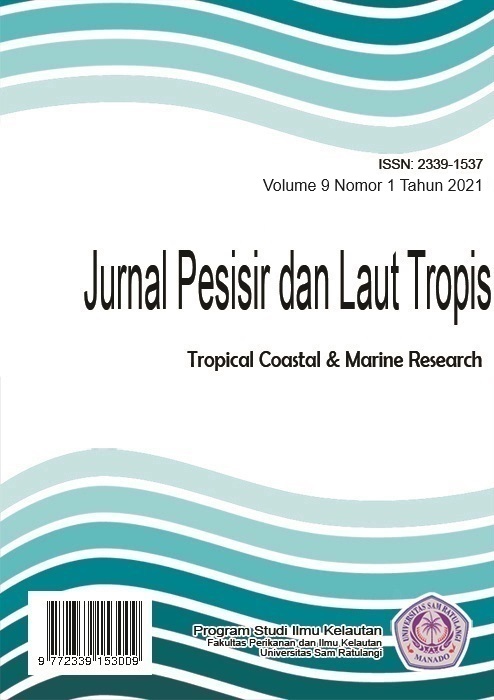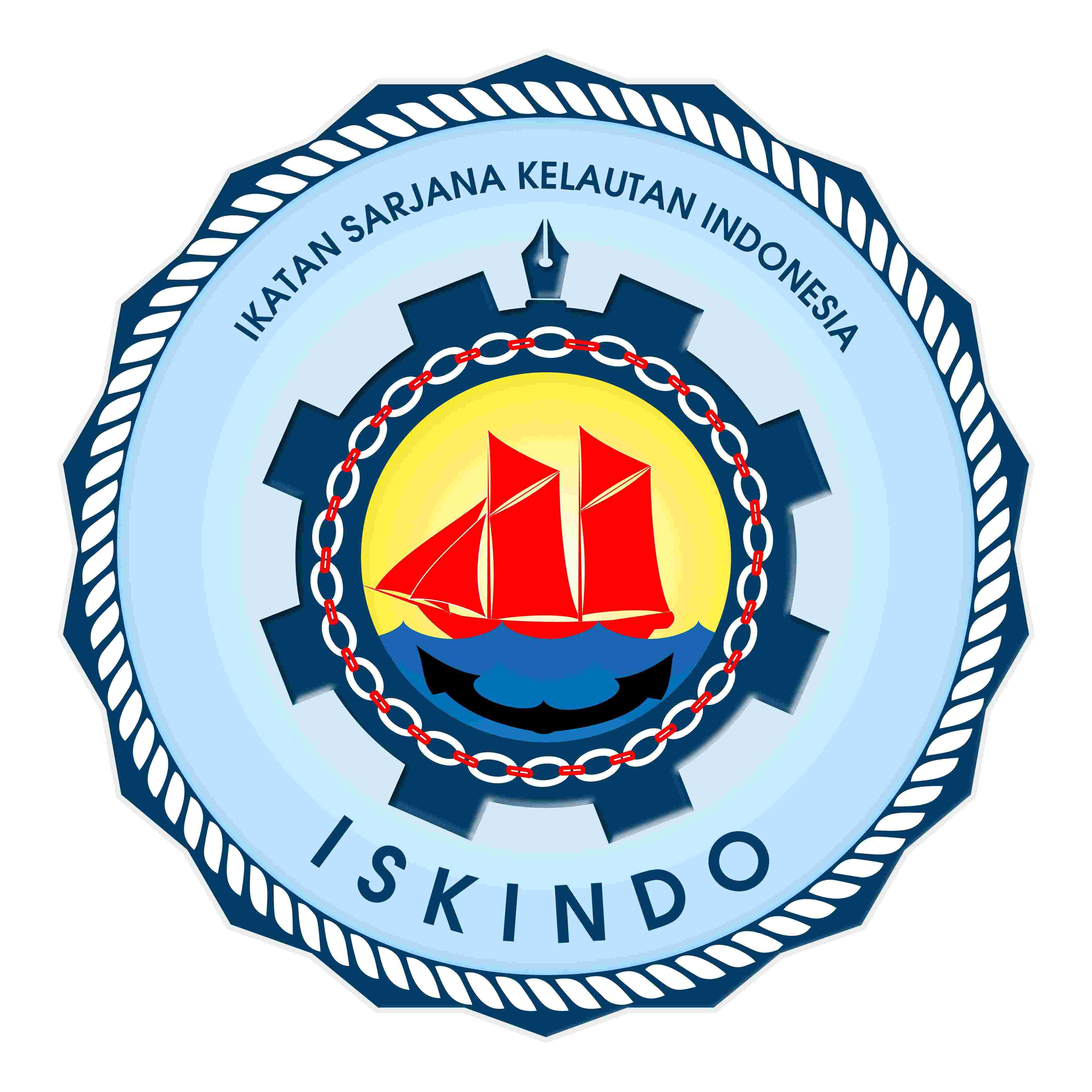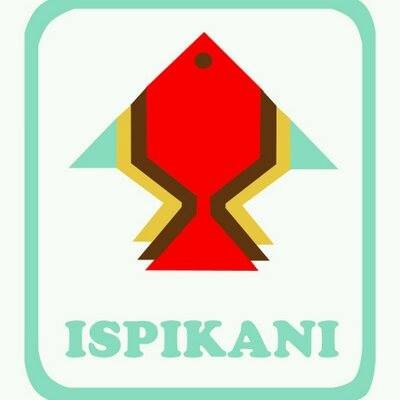KONDISI TERUMBU KARANG PADA KAWASAN WISATA PANTAI MALALAYANG KOTA MANADO PROVINSI SULAWESI UTARA DENGAN MENGGUNAKAN METODE UNDERWATER PHOTO TRANSECT
DOI:
https://doi.org/10.35800/jplt.9.1.2021.33575Abstract
Coral reefs are coastal ecosystems with the highest level of diversity with around one million species worldwide. Corals are invertebrates belonging to the Phylum Coelenterate (hollow animals) or Cnidaria. The Underwater Photo Transect (UPT) method is a method that utilizes technological developments, both digital camera technology and computer software technology. Capturing data in the field in the form of underwater photos carried out by shooting using a Canon G-16 camera equipped with a waterproof protector (housing). In this study it can be seen that the percentage of hard corals at point 1 is in the medium category, point 2 is in the medium category, and point 3 is in the bad category with the percentage of hard coral cover as follows: point 1 (one) 29.75%, point 2 (two) 31.16%, and point 3 (three) 24.26%, of the three points can represent the overall condition of the coral reefs in Malalayang Beach which is in moderate condition with a percentage of 28.39%.
Keywords: Malalayang Beach, Coral Reef, UPT, CPCe















